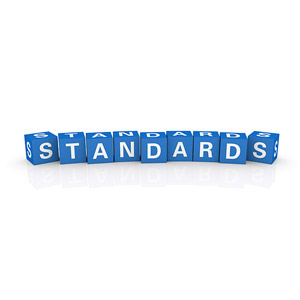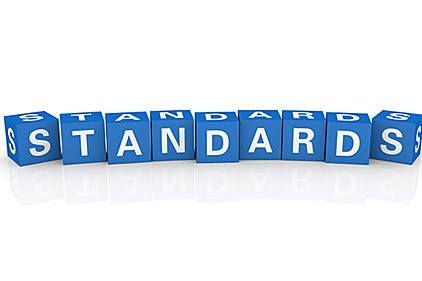 The building industry now has greater flexibility in the design of high-performance buildings through a change impacting application of the green building standard from ASHRAE, the U.S. Green Building Council (USGBC), and the Illuminating Engineering Society (IES) included in the International Green Construction Code (IgCC).
The building industry now has greater flexibility in the design of high-performance buildings through a change impacting application of the green building standard from ASHRAE, the U.S. Green Building Council (USGBC), and the Illuminating Engineering Society (IES) included in the International Green Construction Code (IgCC).
ANSI/ASHRAE/USGBC/IES Standard 189.1-2011, Standard for the Design of High-Performance, Green Buildings Except Low-Rise Residential Buildings, provides a green building foundation for those who strive to design, build and operate high performance buildings. It covers key topic areas of site sustainability, water-use efficiency, energy efficiency, indoor environmental quality and the building’s impact on the atmosphere, materials and resources.
Standard 189.1 now serves as a compliance option with the newly published IgCC, developed by the International Code Council (ICC) and endorsed by cooperating sponsors ASTM International and the American Institute of Architects. The change allows permit applicants – rather than the authorities having jurisdiction – the option to use Standard 189.1 as the path of compliance. In earlier versions of the IgCC, Standard 189.1 was deemed a “jurisdictional compliance option,” meaning code jurisdictions had to choose between the provisions of Standard 189.1 and the IgCC in determining which compliance path to take.
The 2012 IgCC serves as a new model code for constructing and remodeling residential and commercial structures and is expected to increase sustainability, cost savings and job growth while providing direction for safe and sustainable building design and construction, according to the International Code Council.
Early versions of the IgCC released during the development of the code already have been put into use by states and jurisdictions demonstrating the need and demand for safe and sustainable construction.
The IgCC is the first model code to include sustainability measures for an entire construction project and its site – from design, through construction, certificate of occupancy and beyond. It establishes minimum green requirements for buildings and complements voluntary rating systems. The IgCC offers flexibility to jurisdictions which adopt the code by establishing several levels of compliance, starting with the core provisions of the code, and then offering “jurisdictional requirement” options that can be customized to fit the needs of a local community. A jurisdiction can also require higher performance through the use of “project electives” provisions.



